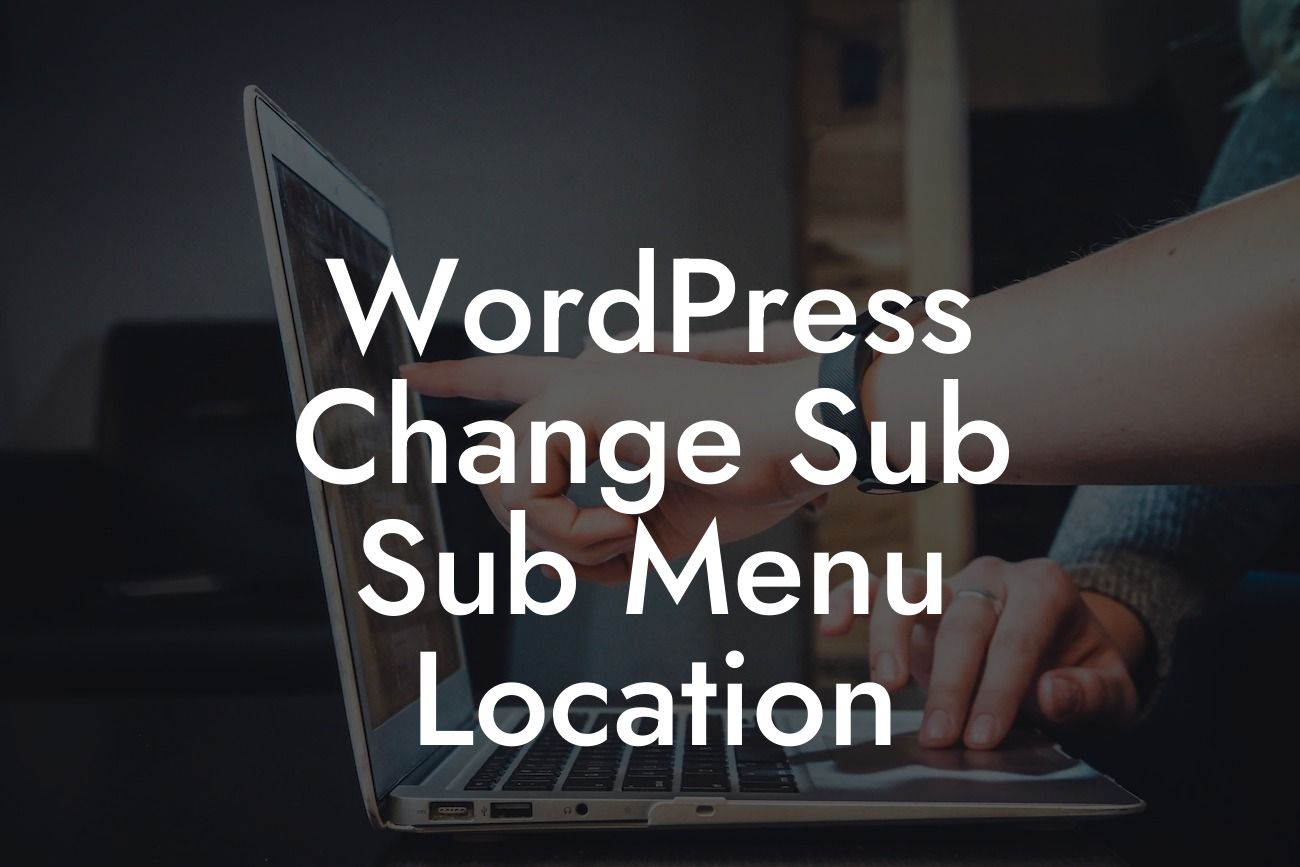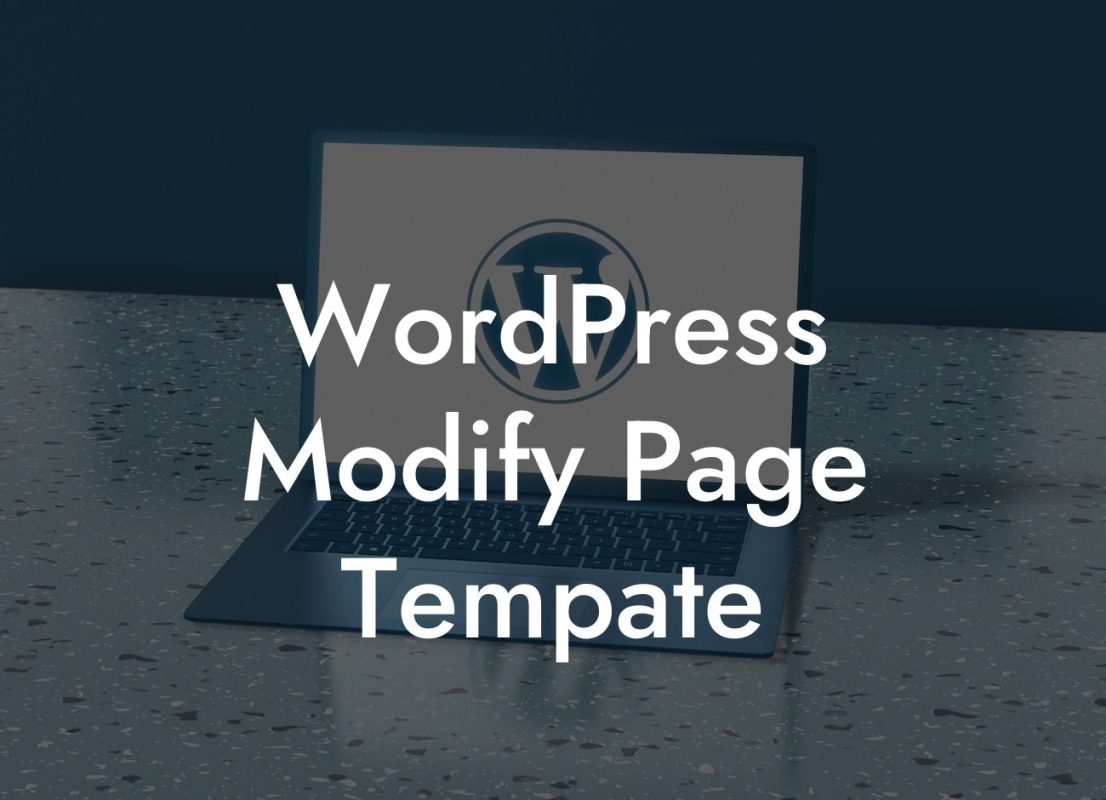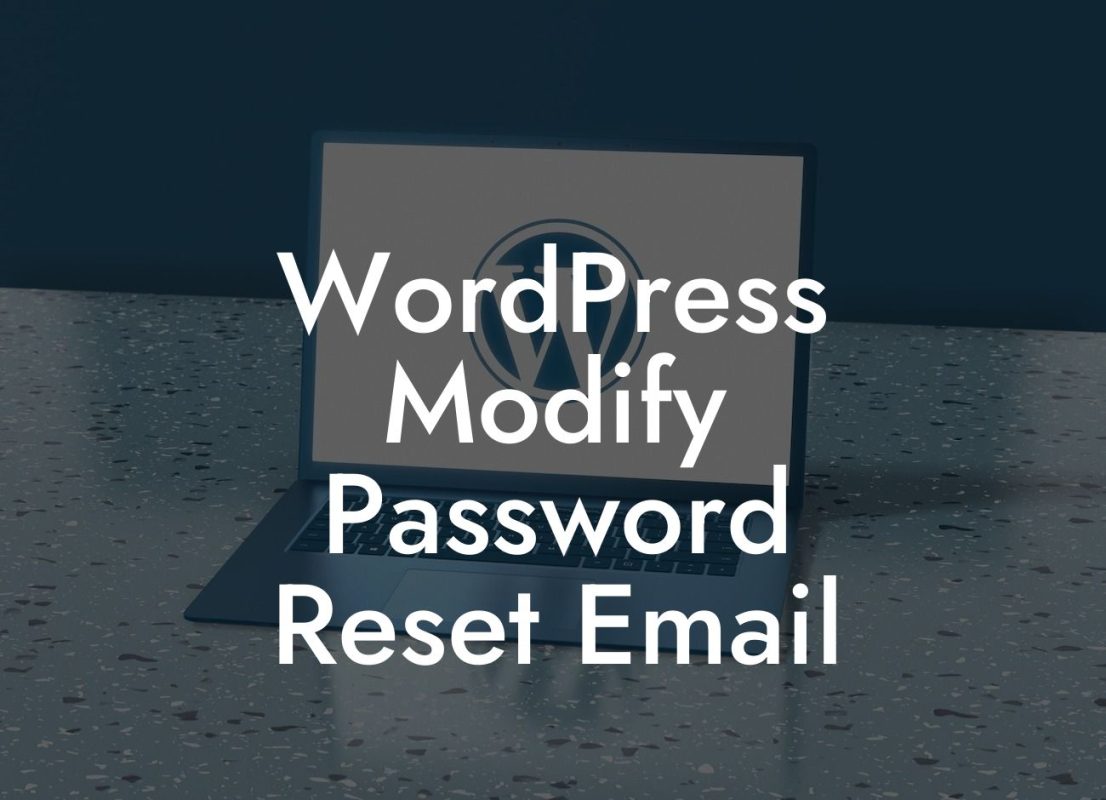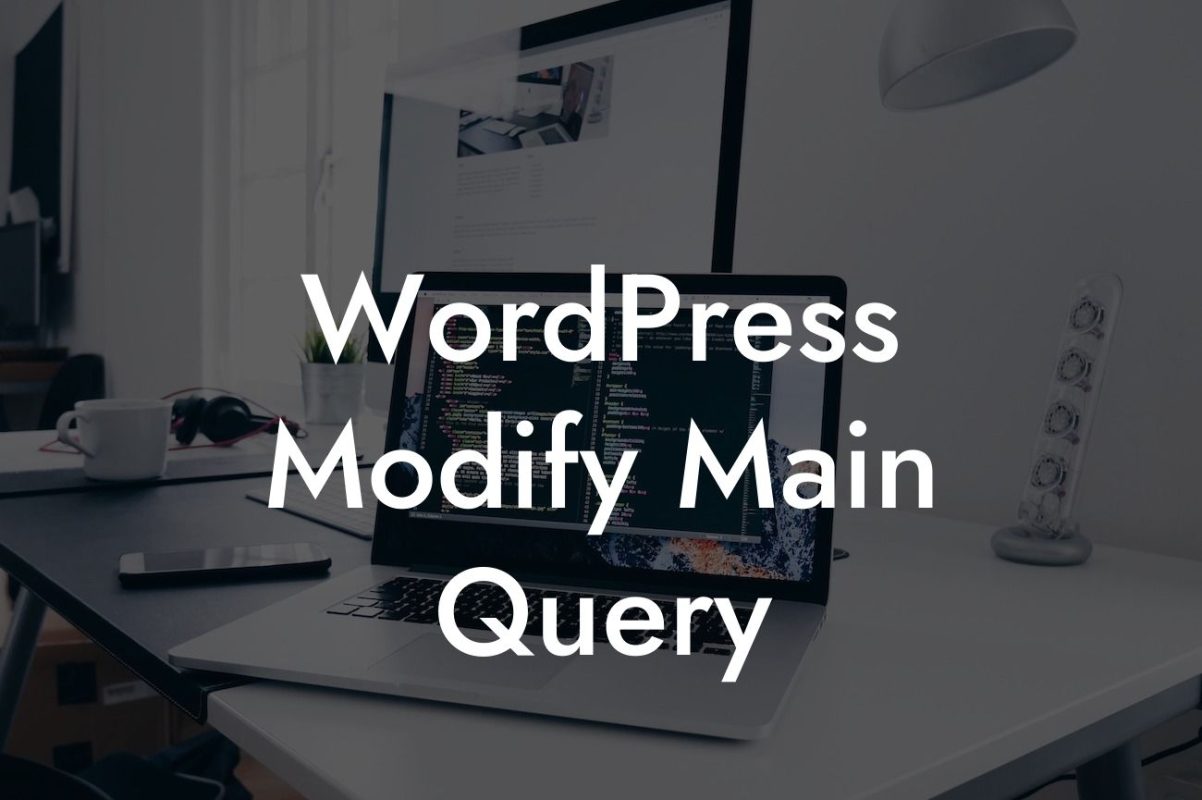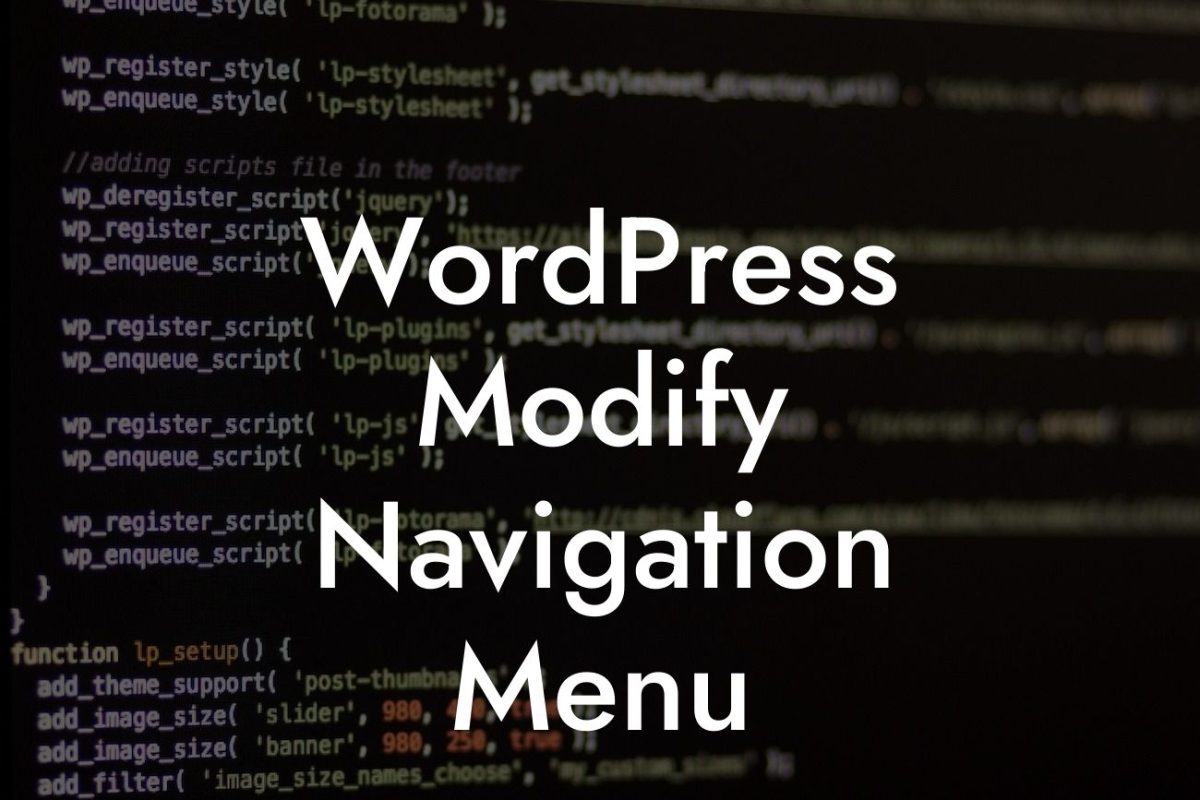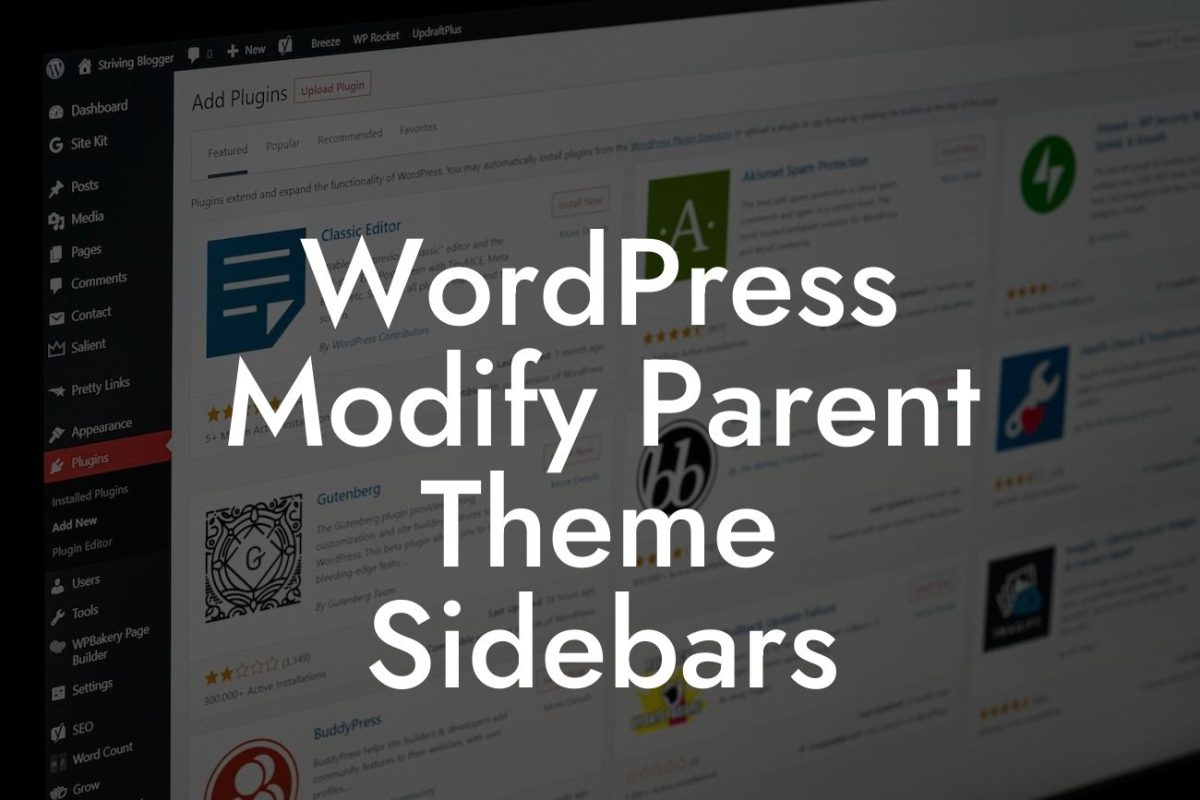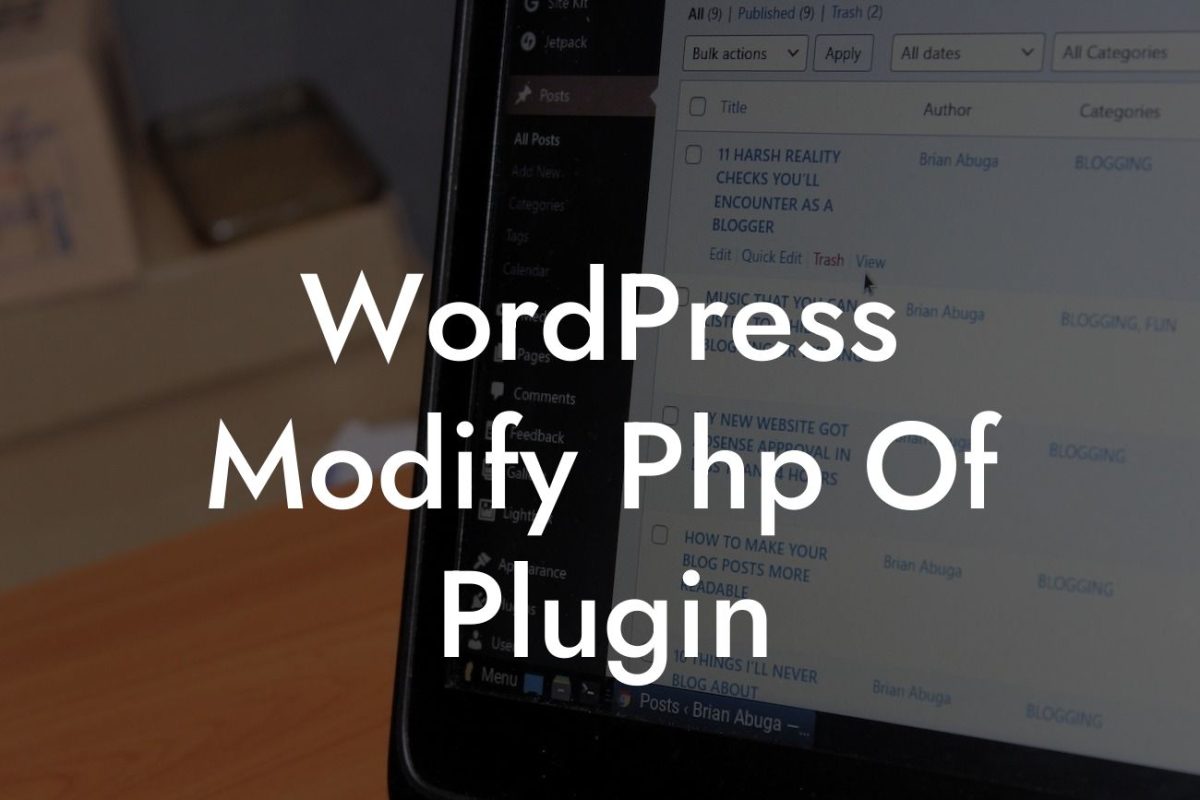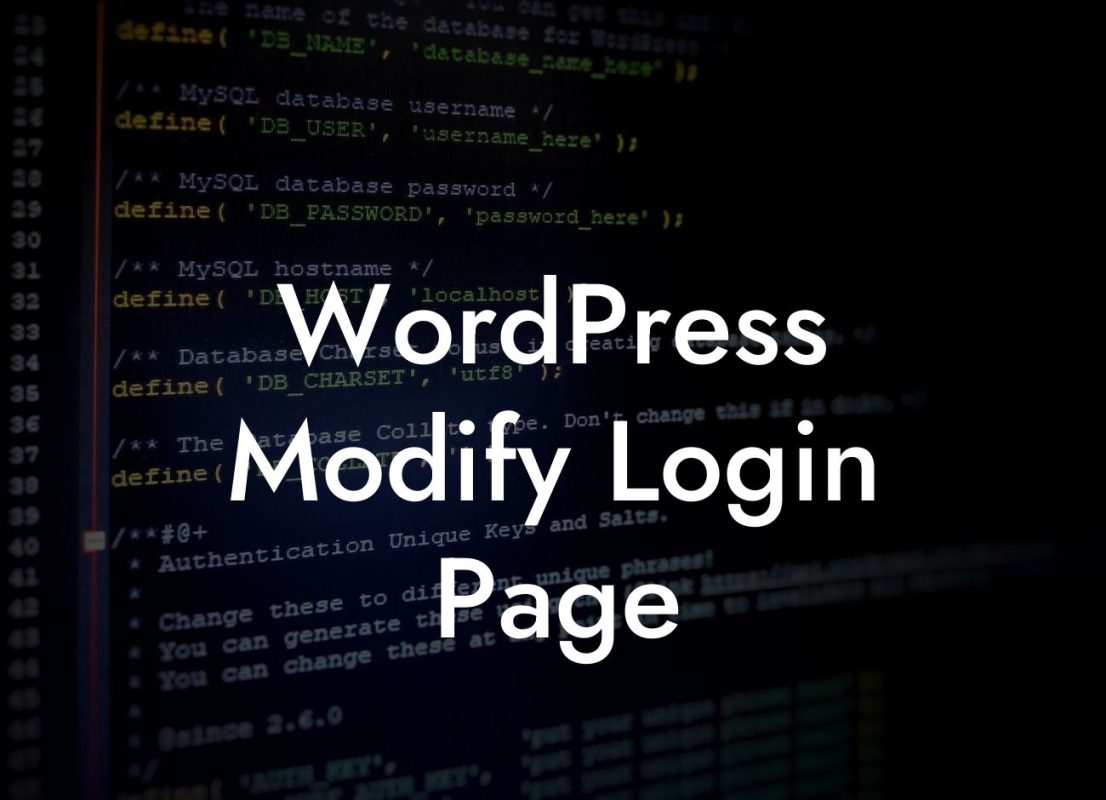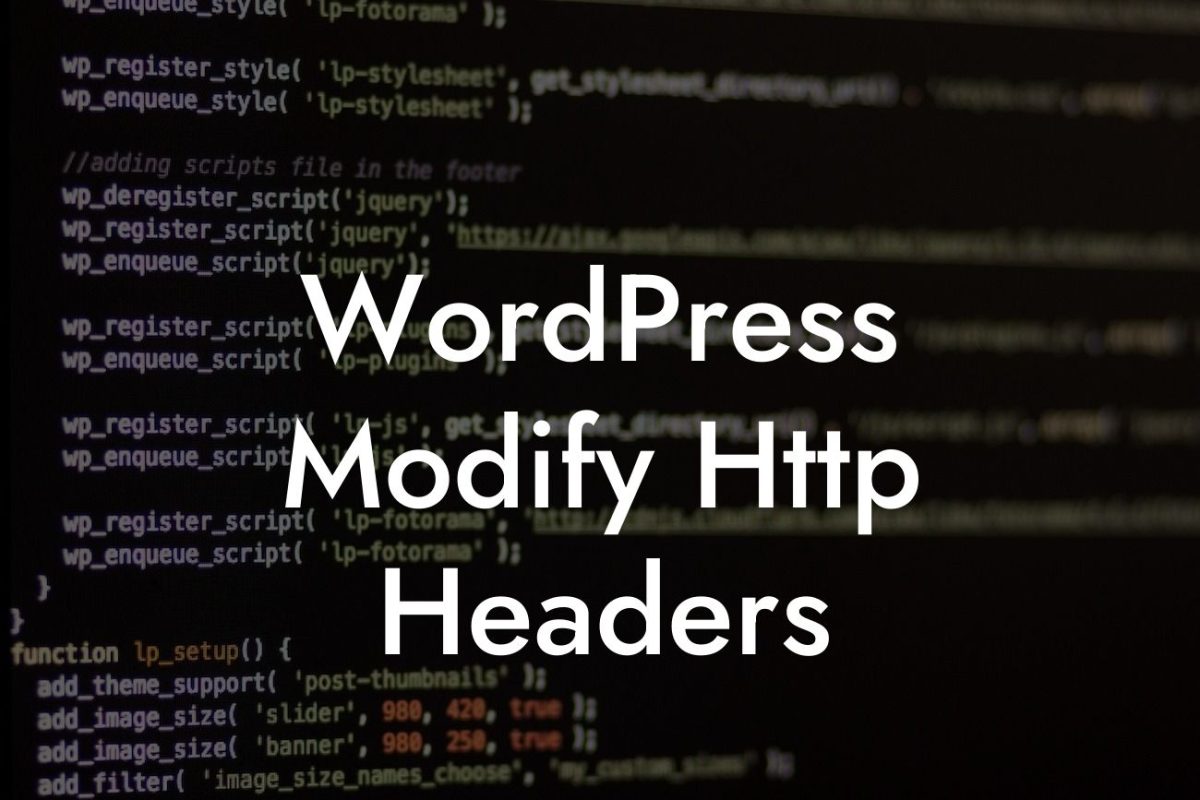WordPress is a powerhouse platform for small businesses and entrepreneurs looking to establish a strong online presence. With a multitude of customizable features, it offers endless possibilities to enhance your website's functionality. One such feature is the ability to control the location of sub-sub menus, allowing you to organize your site navigation more effectively. In this article, we will guide you through the process of changing sub-sub menu locations in WordPress, empowering you to make the most out of your website's navigation structure.
Changing sub-sub menu locations in WordPress is a straightforward process that involves a few simple steps. Follow the guide below to effortlessly reposition your menus.
1. Identify the theme's menu location options:
Every WordPress theme has predefined menu locations that govern where menus appear on your website. To change the sub-sub menu location, you need to determine the available options within your theme.
2. Access the WordPress admin panel:
Looking For a Custom QuickBook Integration?
Login to your WordPress admin panel by entering your credentials. Once logged in, navigate to the "Appearance" section, and click on "Menus." This will take you to the menu editor, where you can control the placement of your menus.
3. Create or select an existing menu:
If you already have a menu set up, you can proceed to select it. Otherwise, create a new menu by clicking on the "Create a new menu" link. Give your menu a name and click on the "Create Menu" button.
4. Add sub-sub menu items:
In the menu editor, you will find a list of your pages, posts, categories, and custom link options on the left-hand side. Select the menu items you wish to turn into sub-sub menus and click on the "Add to Menu" button. Arrange them under the appropriate parent menu item to create sub-sub menus.
5. Assign the menu to a location:
On the right-hand side of the menu editor, you will see the available menu locations provided by your theme. Check the box next to the desired location option to assign the menu to that location.
6. Save your changes:
After completing the above steps, click on the "Save Menu" button to apply the changes. Your sub-sub menu items will now be displayed in the designated location on your website.
Wordpress Change Sub Sub Menu Location Example:
Let's imagine you run a travel blog and want to showcase destinations by continents. You already have a menu labeled "Destinations," with the continents as sub-menus. However, you'd like to create sub-sub menus under each continent to further categorize the destinations by countries. By following the steps above, you can easily add sub-sub menus to your existing structure, improving the organization and usability of your travel blog.
Congratulations! You've successfully learned how to change sub-sub menu locations in WordPress, expanding your website's navigation possibilities. Take this newfound knowledge and elevate your online presence by exploring other guides on DamnWoo. Also, don't forget to try out our awesome WordPress plugins, designed exclusively for small businesses and entrepreneurs like you. Share this article with others who may find it helpful and let's embrace the extraordinary together.
Remember, DamnWoo is your go-to source for unique, customized solutions that will supercharge your success. Stay tuned for more informative and engaging content!

